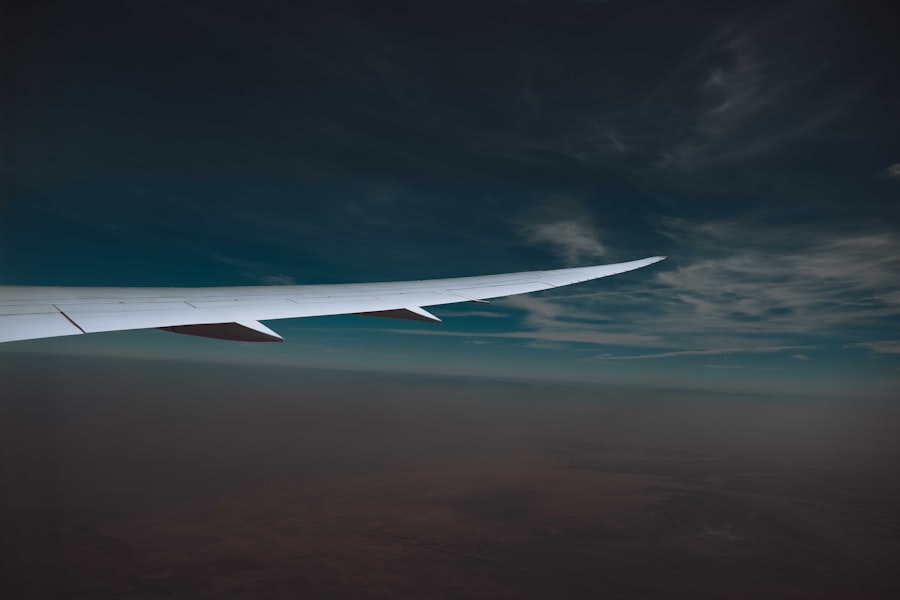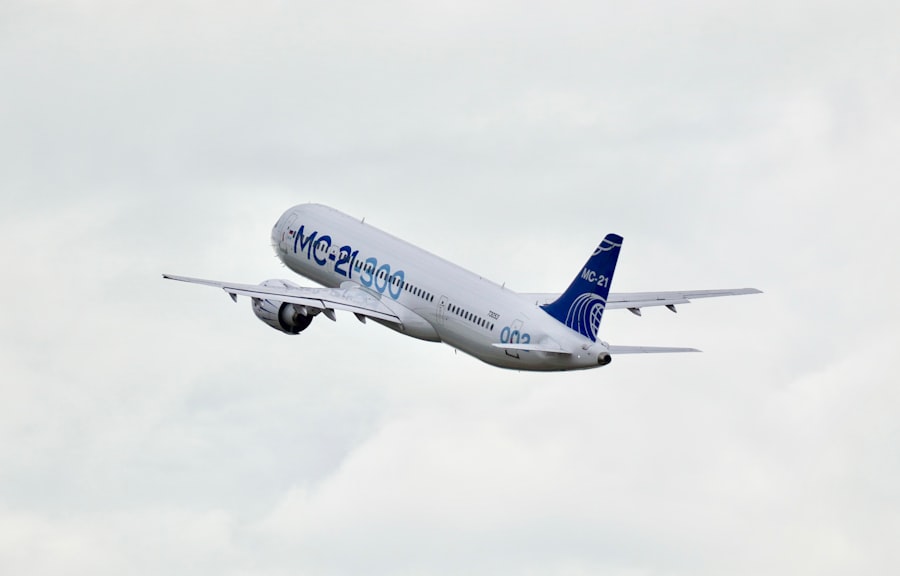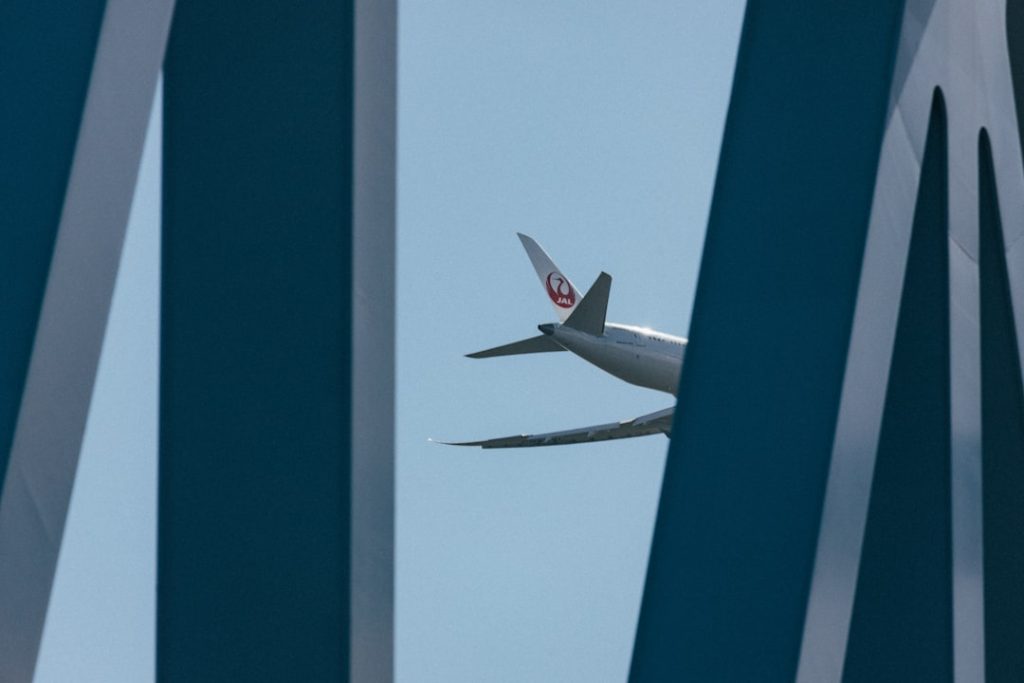Airbus was founded in 1970 as a consortium of European aerospace manufacturers, aiming to compete with American giants like Boeing and McDonnell Douglas. The initial collaboration included companies from France, Germany, and the United Kingdom, with Spain joining later. The first aircraft produced by Airbus was the A300, a twin-engine wide-body airliner that made its maiden flight in 1972.
This aircraft was revolutionary for its time, featuring a wide fuselage that allowed for greater passenger capacity and a more comfortable flying experience. The A300’s introduction marked a significant shift in the aviation industry, as it demonstrated that a European consortium could successfully design and manufacture commercial aircraft. As the years progressed, Airbus expanded its portfolio and solidified its position in the global market.
The introduction of the A320 family in the late 1980s was a game-changer, as it was the first commercial aircraft to feature a fully digital fly-by-wire control system. This innovation not only improved safety and performance but also reduced pilot workload. The A320’s success led to the development of the A330 and A340 families, further establishing Airbus as a formidable competitor in the aviation sector.
By the turn of the millennium, Airbus had become synonymous with innovation and quality, culminating in the launch of the A380, the world’s first full-length double-deck airliner, which took to the skies in 2005.
Key Takeaways
- Airbus was founded in 1969 and has grown to become a global leader in the aviation industry.
- The Airbus fleet includes a wide range of aircraft, from the A220 to the A380, offering options for various travel needs.
- Airbus is committed to innovation in aviation, constantly pushing the boundaries of technology with initiatives like electric and hybrid aircraft.
- Flying on an Airbus aircraft offers a comfortable and efficient experience for passengers, with advanced features and amenities.
- Airbus is dedicated to sustainability and environmental responsibility, working towards a greener future through initiatives like sustainable aviation fuel and eco-efficient aircraft design.
The Airbus Fleet: A Look at the Company’s Impressive Range of Aircraft
Airbus boasts an extensive and diverse fleet of aircraft that caters to various segments of the aviation market. The A220, formerly known as the Bombardier CSeries, is designed for regional and short-haul flights, offering airlines a modern and efficient option for connecting smaller cities. With its spacious cabin and advanced aerodynamics, the A220 has quickly gained popularity among carriers looking to enhance their regional services.
The A320 family remains one of Airbus’s most successful lines, with over 10,000 units delivered since its inception. This family includes the A318, A319, A320, and A321 models, each tailored to meet different capacity and range requirements. The A321XLR, for instance, extends the range of the A321 family, allowing airlines to operate longer routes while maintaining operational efficiency.
This versatility has made the A320 family a favorite among low-cost carriers and full-service airlines alike. In addition to narrow-body aircraft, Airbus also offers a range of wide-body options, including the A330 and A350 families. The A330 is known for its reliability and versatility, serving both passenger and cargo markets effectively.
Meanwhile, the A350 represents Airbus’s commitment to sustainability and innovation, featuring advanced materials and systems that reduce fuel consumption and emissions. The flagship A380 continues to capture attention with its impressive capacity and luxurious amenities, making it a preferred choice for airlines operating on high-demand international routes.
Innovation in Aviation: How Airbus Continues to Push the Boundaries of Technology

Airbus has consistently been at the forefront of technological advancements in aviation. One of its most notable innovations is the use of composite materials in aircraft construction. The A350 XWB, for example, is composed of over 50% composite materials by weight, which significantly reduces its overall weight and enhances fuel efficiency.
This shift towards lighter materials not only improves performance but also contributes to lower operating costs for airlines. Another area where Airbus has made significant strides is in avionics and flight control systems. The introduction of fly-by-wire technology revolutionized how pilots interact with aircraft systems.
This technology allows for more precise control and enhances safety by providing built-in redundancies. Furthermore, Airbus has been actively exploring automation in aviation through projects like the Autonomous Taxiing System (ATS), which aims to reduce ground delays and improve airport efficiency. Airbus is also investing heavily in sustainable aviation technologies.
The development of hydrogen-powered aircraft is one such initiative that reflects the company’s commitment to reducing its carbon footprint. The ZEROe concept aircraft, unveiled in 2020, showcases Airbus’s vision for a future where hydrogen is used as a primary fuel source for commercial aviation. This ambitious project aims to have a zero-emission aircraft in service by 2035, demonstrating Airbus’s leadership in addressing climate change challenges within the industry.
The Airbus Experience: What It’s Like to Fly on an Airbus Aircraft
| Aspect | Details |
|---|---|
| Seating Capacity | Varies depending on the model, but can range from 100 to over 800 passengers |
| Cabin Width | Wider than other aircraft, providing more space for passengers |
| Noise Level | Quieter cabins due to advanced soundproofing technology |
| In-Flight Entertainment | Modern entertainment systems with a wide range of options |
| Comfort | Ergonomically designed seats and spacious cabins for a comfortable experience |
| Range | Capable of long-haul flights, reaching destinations around the world |
Flying on an Airbus aircraft offers passengers a unique experience characterized by comfort, innovation, and advanced technology. The cabin design across various Airbus models prioritizes passenger comfort with spacious seating arrangements and modern amenities. For instance, the A350 features larger windows that allow more natural light into the cabin while also reducing noise levels compared to older aircraft designs.
Airbus has also integrated advanced in-flight entertainment systems into its aircraft. Passengers can enjoy a wide range of entertainment options through personal screens equipped with high-definition displays. Additionally, many Airbus models offer Wi-Fi connectivity, allowing travelers to stay connected during their flights.
The cabin environment is designed with passenger well-being in mind; improved air quality systems and quieter cabins contribute to a more pleasant flying experience. Moreover, Airbus places great emphasis on safety features that enhance passenger confidence during flights. The fly-by-wire technology not only improves handling but also incorporates multiple layers of redundancy to ensure safety in various flight conditions.
Pilots are equipped with advanced cockpit displays that provide real-time data on aircraft performance and environmental conditions, further enhancing situational awareness.
Sustainability and Environmental Responsibility: Airbus’s Commitment to a Greener Future
Airbus recognizes the pressing need for sustainability within the aviation industry and has made significant commitments to reduce its environmental impact. One of its primary goals is to achieve net-zero carbon emissions by 2050. To reach this ambitious target, Airbus is investing in research and development focused on sustainable aviation fuels (SAFs), which can significantly reduce greenhouse gas emissions compared to traditional jet fuels.
The company has been actively collaborating with various stakeholders, including governments and research institutions, to promote the use of SAFs across the industry. In 2021, Airbus conducted successful test flights using SAF blends in its aircraft, demonstrating that existing engines can operate efficiently with these alternative fuels. This initiative not only showcases Airbus’s commitment to sustainability but also encourages airlines to adopt greener practices.
In addition to SAFs, Airbus is exploring innovative technologies such as electric and hybrid propulsion systems. The E-Fan X project aimed to develop a hybrid-electric aircraft that could serve as a testbed for future technologies. Although this specific project was eventually discontinued, it laid the groundwork for ongoing research into electric propulsion solutions that could revolutionize short-haul flights.
Airbus in the Community: How the Company Supports and Engages with Local and Global Communities

Airbus understands that being a responsible corporate citizen extends beyond manufacturing aircraft; it involves actively engaging with communities around the world. The company has established various initiatives aimed at supporting education, innovation, and social development in regions where it operates. Through partnerships with educational institutions, Airbus promotes STEM (science, technology, engineering, and mathematics) education among young people.
One notable initiative is the Airbus Foundation’s “Flying Challenge,” which encourages students to develop innovative solutions for real-world challenges related to aviation and aerospace. By providing mentorship and resources, Airbus empowers students to explore their interests in engineering and technology while fostering creativity and problem-solving skills. Additionally, Airbus is committed to disaster relief efforts through its humanitarian initiatives.
The company has collaborated with organizations like UNICEF to provide aid during crises by leveraging its expertise in logistics and transportation. By utilizing its aircraft for humanitarian missions, Airbus demonstrates its dedication to making a positive impact on global communities.
The Future of Airbus: What’s Next for the Company and the Aviation Industry
As Airbus looks toward the future, it faces both challenges and opportunities within an evolving aviation landscape. The demand for air travel is expected to grow significantly over the next few decades; however, this growth must be balanced with environmental considerations. To address this challenge, Airbus is focusing on developing sustainable technologies that will shape the future of aviation.
The company’s commitment to hydrogen-powered aircraft represents a bold step toward achieving net-zero emissions by 2050. As research progresses on hydrogen fuel cells and storage solutions, Airbus aims to lead the industry in adopting this transformative technology. Furthermore, advancements in digitalization will play a crucial role in enhancing operational efficiency across airlines.
Airbus is also exploring new markets beyond traditional commercial aviation. Urban air mobility (UAM) is an emerging sector that presents exciting possibilities for short-distance travel within urban environments. By investing in eVTOL (electric vertical takeoff and landing) aircraft development, Airbus aims to position itself as a key player in this innovative field.
Exploring the Airbus World: How to Visit Airbus Facilities and Experience the Company’s Legacy
For aviation enthusiasts and those interested in learning more about Airbus’s legacy, visiting its facilities offers an unparalleled opportunity to witness innovation firsthand. One of the most popular destinations is the Airbus Visitor Centre located at Toulouse-Blagnac Airport in France. Here, visitors can take guided tours of the assembly lines where iconic aircraft like the A320 and A350 are produced.
The tour provides insights into the intricate manufacturing processes involved in building these advanced machines while showcasing cutting-edge technologies used throughout production. Additionally, visitors can explore interactive exhibits that highlight Airbus’s history and contributions to aviation. In Hamburg, Germany, another significant facility offers tours focused on cabin customization processes for various aircraft models.
Guests can witness how airlines personalize their cabins according to brand identity while learning about design considerations that enhance passenger comfort. Airbus also hosts events such as open days where families can engage with employees and learn about career opportunities within aerospace industries. These initiatives foster community engagement while inspiring future generations to pursue careers in aviation-related fields.
Through these experiences, visitors gain a deeper appreciation for not only Airbus’s technological advancements but also its commitment to sustainability and community engagement—elements that define its legacy as a leader in global aviation.


